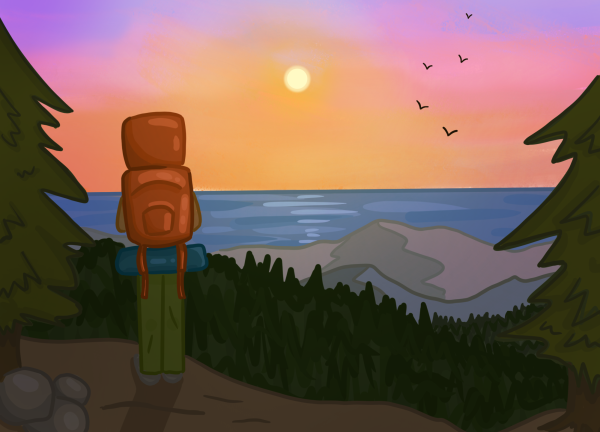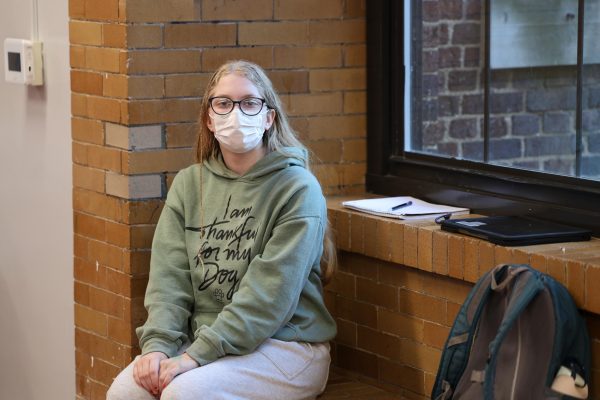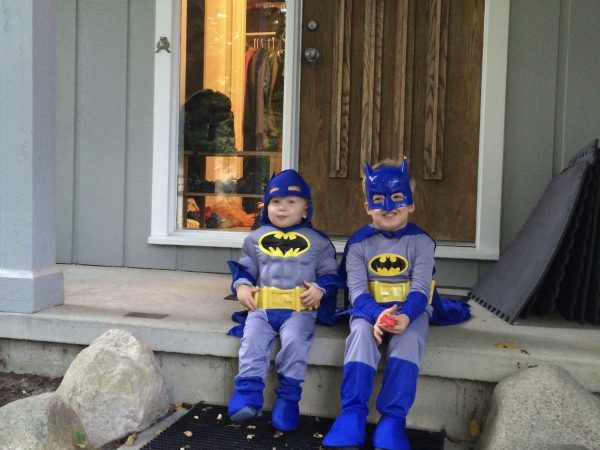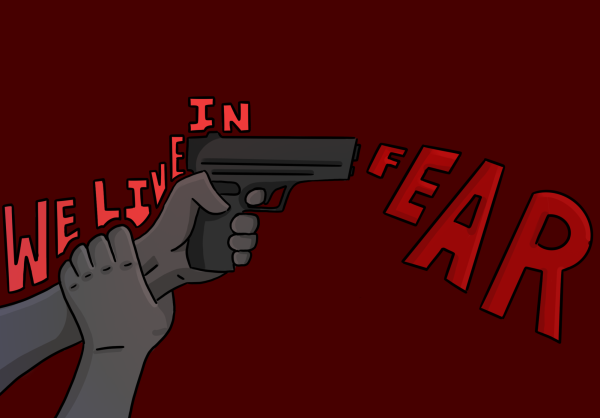Ferguson and Gun Rights
Just last night it was announced that there is no indictment on the Ferguson officer, Darren Wilson, who shot Michael Brown in August. Instantly my Twitter and Facebook newsfeeds blew up with the hashtag #BlackLivesMatter among many others. The posts were filled with disgust over racism of the incident and tackled the thought of reverse-racism, but dig a little deeper.
The problem is guns.
Over 200 mass shootings have occurred since 2006 in the US, and it is estimated that one happens every two weeks. Growing up in a Hindu household, the word “ahimsa”–which means non-violence–has been ingrained in my head. Shootings were not plausible in my mind; I could not imagine how anyone could do it.
My first reality check was Sandy Hook Elementary School, December 12, 2012. In that incident, Adam Lanza acquired a gun that belonged to his mother and slaughtered her and 26 children at a school. He was able to use a gun that was not registered under his name. Exceeding the number of people killed, the 2007 Virginia Tech shooting killed 33 people. A man who was not a student entered the campus and began shooting from dorm to dorm. Both overshadow the 1966 University of Texas and 1999 Columbine shootings.
More recently in the past was the Santa Barbara killer, Elliot Rodgers, who killed six people because of his own inner turmoil. He was able to own his own handguns, giving him the freedom to kill anyone or anything despite his mental state.
In 2011, it is estimated that there were 847 unintentional firearm injuries to children under the age of 14. If owning a gun makes it accessible for anyone around to be able to use it, what gun control do we have?
Society itself is promoting gun use, to such an extreme that it led to the death of Tamir Rice, a twelve-year-old in Ohio. Rice brandished a fake gun that was said to be indistinguishable from a real one, and the police shot him.
If owning guns is so common, what does that teach the next generations?
Eradicating guns themselves is not a practical solution. It’s been shown when something desirable switches from illegal to legal, usage stays roughly the same (i.e. the ban on alcohol). People believe in owning guns for hunting or self-defense. However, a small but dangerous minority use them for murder.
In Japan, the only type of gun a person is allowed to own is a shotgun. After going through a lengthy licensing procedure involving talking to family, checking mental health and taking a tests, the license allows the user to only hunt and skeet and trap shoot. This is a model for the gun control laws that should be implemented here.
On the matter of self-defense, “the only thing that stops a bad guy with a gun is a good guy with a gun,” NRA President Wayne LaPierre said at Sandy Hook. When guns are so easily accessible, the “bad guy” can seize their gun from a “good guy.” The Ferguson officer states that he acted in line with his training, yet still committed murder with a gun. LaPierre just proves Mahatma Gandhi’s point, “an eye for an eye makes the whole world blind.”
The situations reveal that the shootings of the past are the shootings of present, and hopefully open our eyes to new gun control laws and regulations to keep the future safe.









